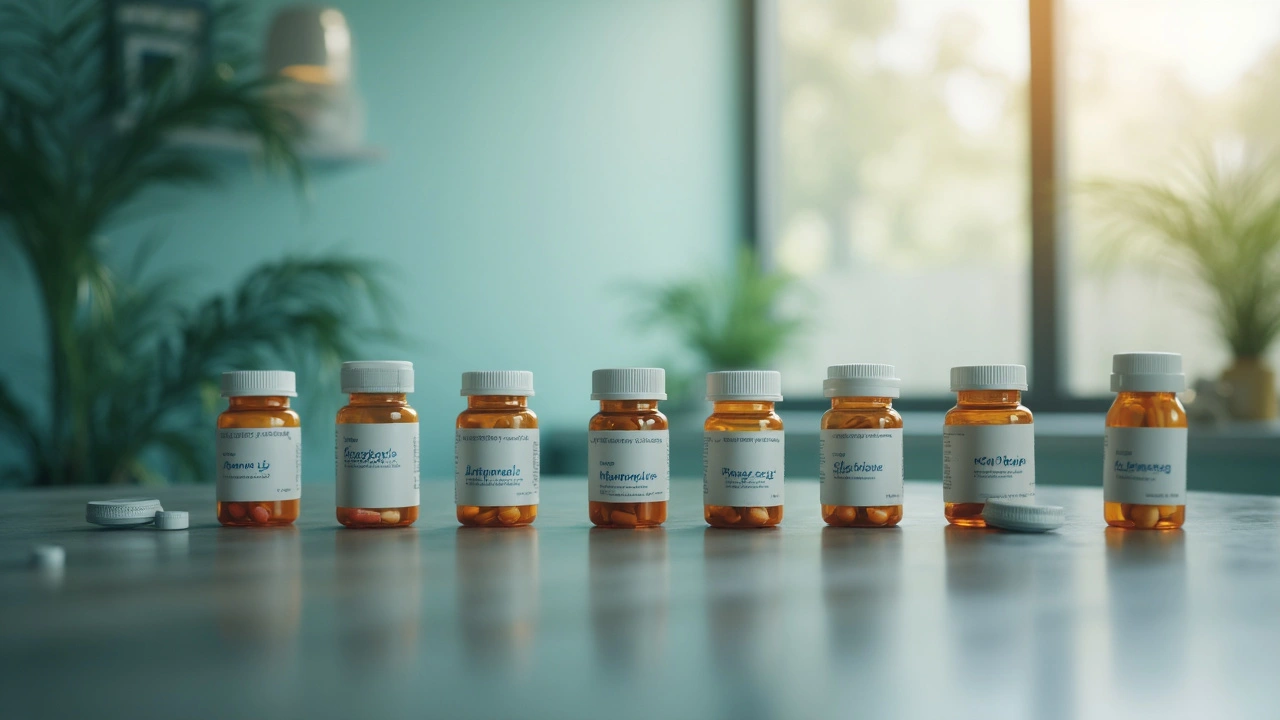Risperidone is a pill or liquid that helps calm strong thoughts and moods. It belongs to a group called atypical antipsychotics, which means it works on brain chemicals without the heavy sedation older drugs often cause. If you or a loved one has been told to start risperidone, you probably have questions about why, how much, and what might happen.
Most clinicians choose risperidone for schizophrenia, bipolar disorder, or severe irritability in autism. The drug blocks dopamine and serotonin receptors, which can reduce hallucinations, mood swings, and aggression. Your doctor will look at your diagnosis, age, and any other meds you take before deciding on a dose.
Typical starting doses are low: 0.25 mg to 0.5 mg once daily for children and 1 mg for adults. The amount can be increased by 0.5 mg to 1 mg each week until symptoms improve or side effects appear. Some people stay on a single dose; others need a split schedule (morning and evening) to keep blood levels steady.
Risperidone can cause sleepy feelings, dry mouth, or a slight increase in appetite. Weight gain and mild tremors are also reported. Most side effects ease after a few weeks, but if they get worse, call your doctor.
Here are quick ways to handle them:
Rarely, risperidone can raise prolactin levels, leading to breast changes or menstrual issues. If you notice any unusual swelling, milky discharge, or loss of libido, bring it up right away.
Another safety point is the risk of low blood pressure when you stand up quickly. To avoid feeling dizzy, rise slowly from sitting or lying positions.
Never stop taking risperidone suddenly. Cutting it off can cause withdrawal symptoms like insomnia, nausea, or a return of original symptoms. If you need to quit, your doctor will lower the dose gradually.
Risperidone interacts with several other medicines, especially other antipsychotics, certain antidepressants, and drugs that affect the heart's rhythm. Always give your pharmacist a complete list of everything you’re using, including over‑the‑counter supplements.
Finally, keep regular appointments. Your doctor will likely check blood pressure, weight, and blood sugar every few months. These check‑ups help catch problems early and adjust the dose if needed.
Bottom line: risperidone can be a solid tool for managing tough mental‑health symptoms, but it works best when you know how to take it, watch for side effects, and stay in touch with your healthcare team.

Exploring new paths in mental health management is crucial, especially when considering alternatives to Quetiapine. Delve into six medications offering distinct benefits and challenges. Each option brings something unique to the table, impacting treatment outcomes for conditions like schizophrenia and bipolar disorder. Understanding these options aids in making informed choices for personalized care.